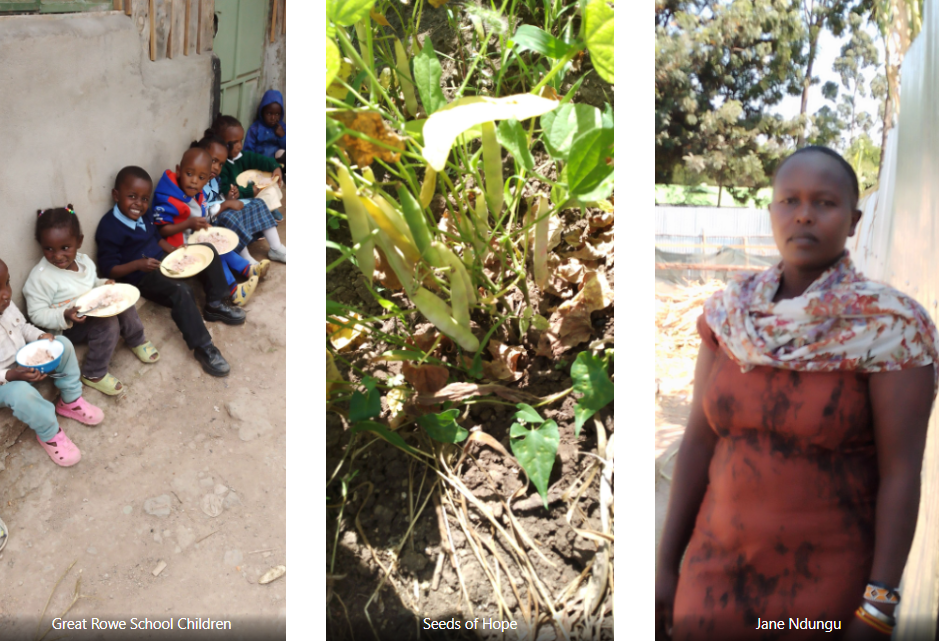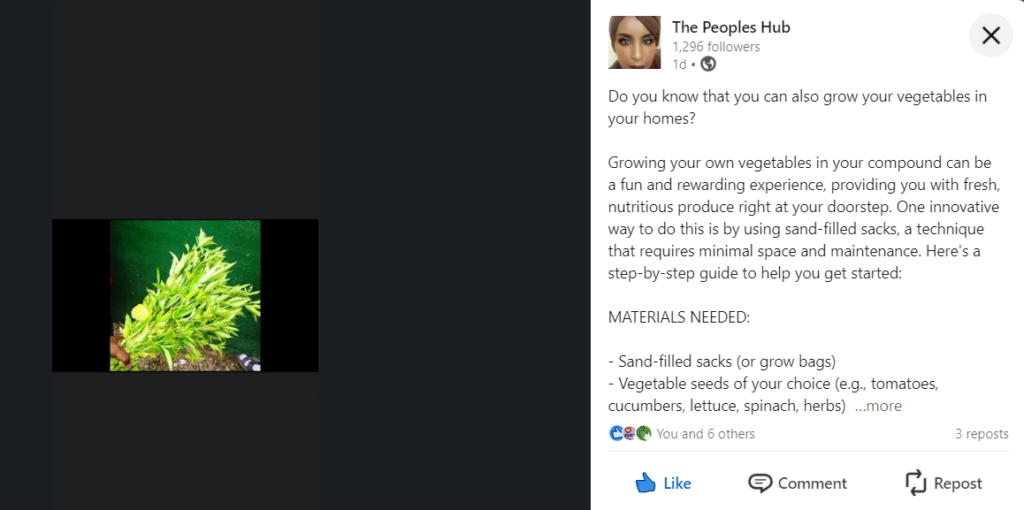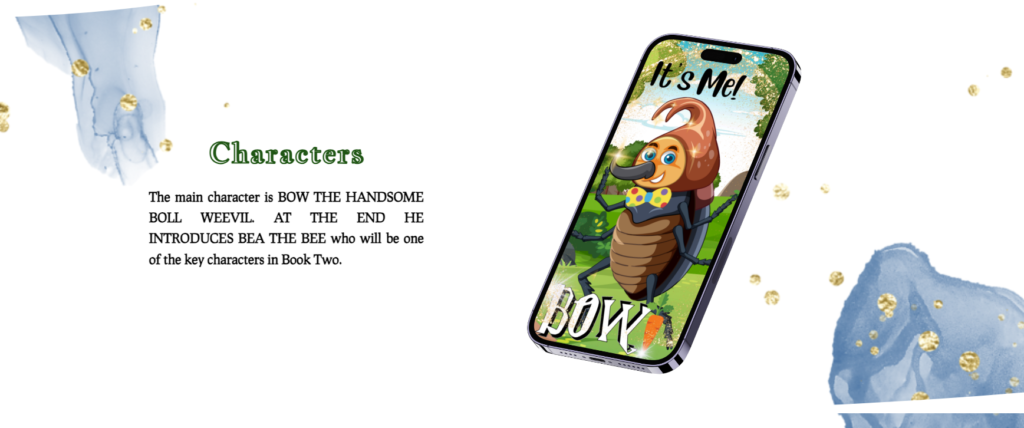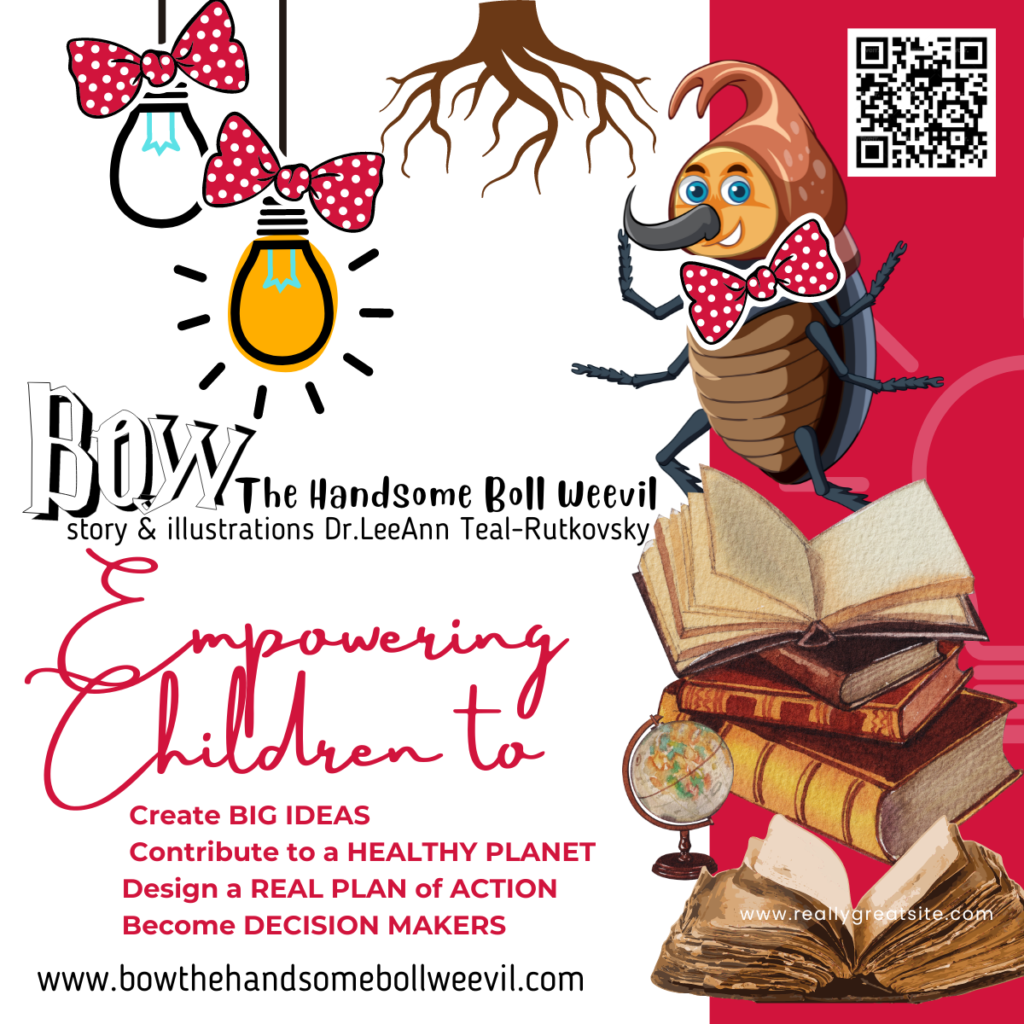Jane, a teacher and owner of Greta Rowe School in Kenya, embodies the spirit of a community champion. From farm to school & beyond academics, she's a farmer who cultivates leased land to feed her students. She also sells animal products to fund further sustenance. Her latest project, however, seeks to hatch not just chicks, but hope for the entire community. Jane needs an egg incubator with a 528-egg capacity, and her story deserves to be shared.
This article dives into Jane's vision, explores the potential impact of the incubator project, and highlights the importance of supporting grassroots initiatives like hers.

Jane's dedication extends far beyond the classroom walls. She understands the profound link between education and well-being. By ensuring her students have access to nutritious food, from farm to school she's laying the foundation for their academic success and future health.
Her farm isn't just a source of sustenance; it's a practical learning ground. Students gain valuable agricultural skills, fostering a connection to the land and the importance of self-sufficiency. This hands-on experience cultivates a sense of responsibility and empowers them to contribute to their own well-being.

Jane's vision exemplifies the power of a "little touch." An incubator, in itself, may seem like a small investment, but its potential impact is vast. Here's why her project deserves support:
Jane's story is a testament to the unwavering dedication of educators who go above and beyond. By supporting her incubator project, you're not just investing in chicks; you're investing in the future of a community. Here's how you can help:
The power of education, coupled with self-sufficiency, can create a ripple effect of positive change. By supporting Jane's vision, we can all be part of hatching hope for the Greta Rowe School community and beyond.
Calling all UK music fans with a taste for freedom anthems and electrifying live experiences! Mark your calendars and crank up the excitement because Five Times August is bringing their powerful sound across the pond for a whirlwind UK tour this August!
Five Times August joins a stellar lineup of musicians and thought-provoking speakers at the Jam for Freedom Festival in the UK, a weekend-long celebration of free expression and artistic exploration held at Springfield Farm in St Albans, Hertfordshire. Get ready to be inspired and invigorated as Five Times August takes the stage on August 9th. Don't miss this unique opportunity to experience a diverse range of talent and witness Five Times August's electrifying performance live. Secure your tickets before they're gone at Jam for Freedom Festival.
Can't make it to the festival? Fear not! Five Times August has added a special London show on August 8th at the renowned West Hampstead Arts Club. This exclusive performance sees them supporting the legendary Joseph Arthur, creating a night guaranteed to leave music lovers awestruck. Grab your tickets now and be part of this unforgettable evening at West Hampstead Arts Club.
Five Times August's latest single, "Liars, Cheats, and Crooks," is more than just a song. It's a powerful anthem that resonates with anyone yearning for a more just world. This electrifying track perfectly captures the frustration with societal corruption, making it a timely and impactful piece. The song boasts an impressive lineup of musicians, including members of Smash Mouth, The Offspring, and The Spin Doctors. Head over to your favorite streaming platform to listen to "Liars, Cheats, and Crooks" and watch the electrifying music video!
There are numerous ways to show your love for Five Times August and their music beyond attending their shows. Support their message and artistic journey by grabbing their latest merch, including the new "Liars, Cheats, and Crooks" t-shirts. You can directly contribute through donations. Visit their official website, Five Times August, for all the details and show your support!
Don't miss this incredible opportunity to experience Five Times August's electrifying live show! Catch them in the UK at the Jam for Freedom Festival or their exclusive London show and join the musical revolution!
Do you dream of having a thriving vegetable garden but lack the space for traditional raised beds or sprawling plots? Well, fret no more! Sandbag gardening, an innovative and space-saving technique championed by the STEM GARDEN INITIATIVE and The People's Hub, is here to revolutionize your approach to urban agriculture.
This article delves into the exciting world of sandbag gardening, equipping you with the knowledge and tools to cultivate your own pocket-sized farm, right on your balcony, patio, or even indoors! We'll explore the numerous benefits of this method, provide a step-by-step guide to get you started, and even share some engaging STEM activities for kids. You could start by downloading for free this wonderful children's book, Bow the Handsome Boll Weevil book. The Peoples Hub want to turn your homegrown harvest into a springboard for learning and exploration.

Fill your sandbags or grow bags with sand, leaving about an inch of space at the top for watering. Ensure the sand is evenly distributed to create a stable base for your plants.
Choose your vegetable varieties wisely! Consider your climate, available space, and the maturity time of each plant. Opt for vegetables suited for container gardening. Such as leafy greens, herbs, cherry tomatoes, or bush beans.
Carefully open the top of your sandbag and create a small planting hole (around 1-2 inches deep) in the center. Refer to the seed package instructions for planting depth and spacing recommendations (usually 1-2 seeds per hole). Gently place your seeds in the hole and cover them with a thin layer of sand.
Water your sandbags gently but thoroughly. Ensuring the sand is moist but not waterlogged. Overwatering can damage your delicate seedlings. After a few weeks, consider adding a small amount of compost or organic fertilizer to the top layer of sand. Follow product's instructions for dosage.
For vining vegetables like cucumbers or tomatoes, providing a trellis or stake is crucial. This will offer support as your plants grow, preventing them from sprawling or toppling over.
Locate your sandbag gardens in a sunny spot within your compound. Aim for at least 6 hours of direct sunlight daily. To ensure optimal growth and vegetable production.
Water your sandbags regularly. Keeping the sand consistently moist but not soggy. Regularly monitor your plants for signs of pests or diseases and take appropriate action if necessary. Finally, the most rewarding part – harvest your homegrown vegetables when they reach maturity! Refer to the seed package for specific harvesting times.
Maximize your limited space by exploring vertical gardening techniques. Use hanging baskets or tiered planters to grow leafy greens, herbs, or even cascading cherry tomatoes.
Consider setting up a simple drip irrigation system for your sandbag gardens. This conserves water and ensures consistent moisture levels, minimizing the risk of overwatering.
Repurpose old buckets, washtubs, or even colorful tote bags as unique containers for your sandbag gardens. Just ensure proper drainage by adding holes to the bottom.
Turn sandbag gardening into a collaborative and social activity. Invite family and friends to participate in planting, caring for the plants, and enjoying the harvest together.
The magic of sandbag gardening extends beyond producing fresh, delicious vegetables. It presents a fantastic opportunity to engage children in Science, Technology, Engineering, and Mathematics (STEM) learning through hands-on activities and exploration.
Transform seed planting into a scientific exploration. Let children compare germination rates of different vegetables planted under identical conditions. Encourage them to record their observations. Analyze the results. Formulate hypotheses about factors affecting germination (e.g., sunlight, water).
Designate a sunny and shaded spot for your sandbag gardens. Observe the growth patterns of vegetables in each location. This simple experiment allows children to witness the vital role sunlight plays in plant growth and photosynthesis.
Set up a mini-experiment and demonstrate the benefits of compost. Fill two sandbags – one with just sand and the other with a sand-compost mix. Plant identical vegetables in both and observe their growth over time. This activity highlights the importance of nutrients for healthy plant development.
Explore the concept of water drainage with a fun experiment. Fill two containers – one with sand and the other with regular potting soil. Pour equal amounts of water into each and observe how quickly the water drains. This activity helps children understand the superior drainage properties of sand and its benefits for preventing root rot.
Introduce the concept of soil health and the importance of beneficial microbes. Encourage children to research the role of earthworms and compost in creating a thriving ecosystem within their sandbags.
Track the entire life cycle of your vegetables, from planting the seed to harvesting the final product. This fosters a sense of responsibility and allows children to appreciate the journey from farm to table.
Incorporate engineering principles by having children design and construct simple trellises or support structures for climbing vegetables using recycled materials like sticks or twine.
The STEM GARDEN INITIATIVE and The People's Hub recognize the immense potential of sandbag gardening to bridge the gap between urban living and sustainable food production. Providing accessible resources and promoting this innovative technique. We aim to empower individuals and families to cultivate fresh produce. Fostering a love for science, exploration, and environmental responsibility in younger generations.
Grab your sandbags, seeds, and a sense of adventure! With a little planning and these engaging activities, your sandbag garden can become a springboard. Delicious homegrown vegetables and a captivating journey of discovery, for curious young minds.
In a world where fast fashion dominates, sparking an interest in sustainable clothing choices in children can feel like a challenge. But fear not, for Bow the Handsome Boll Weevil comes to the rescue! This delightful children's book takes young readers on a captivating adventure alongside Bow, a dapper weevil with a penchant for spectacular bowties. As Bow unravels the fascinating story behind his fashionable attire, children embark on a journey of discovery about the origins of clothing, the environmental impact of fashion, and the importance of making eco-friendly choices.
Bow the Handsome Boll Weevil is more than just a whimsical tale. It's a cleverly crafted story that weaves education and entertainment seamlessly. Through Bow's curious nature and exciting adventures, children learn about the cultivation of cotton, the process of transforming it into fabric, and the environmental impact associated with conventional clothing production. This newfound awareness empowers them to think critically about their clothing choices and the potential consequences.
"Bow the Handsome Boll Weevil is a beautiful story of discovery. It shows children how their clothes can be part of a healthy ecosystem...It teaches the importance of natural choices and awareness of one's ecological impact."
Nick Anguelov, Ph.D., Associate Professor, Department of Public Policy, University of Massachusetts, Dartmouth

"With this book, L.A. has succeeded in teaching children about the fashion industry and its effect on the planet and the creatures in a funny, learning, and caring way."
Mette Hjermind Dencker, Life Coach, Former Member of Danish Parliament
Dr LeeAnn is excited to offer interactive in-person readings of her book for children at libraries, schools, or community events. These engaging sessions aim to spark a love for reading and storytelling in young audiences. Dr LeeAnn will lead workshops that delve deeper into the book's themes. Encouraging creativity and empowering young minds. Please do reach out to us here at The Peoples Hub and we can make that happen.

"Actions speak louder than words."
Proverb
This inspiring book champions inclusion in the fashion industry. It advocates for educating and empowering children. Especially those exploited in developing countries' supply chains. By involving these young people in decision-making and fostering "BIG IDEA" thinking, the book empowers them to contribute to a sustainable future for our planet. With over 60 million women and children working in these often unfair conditions, education becomes a vital tool. It equips them to protect their cultural heritage and advocate for themselves in an industry that has historically failed them. By nurturing their potential, these children can become the changemakers the fashion world needs.
The People's Hub, a champion for children's empowerment, is joining forces with this project to reach a staggering 1 million children. They'll begin by working with existing initiatives like the Mango Tree Project, the STEM Garden Initiative, the Bamunaanika Projects, and the Greta Rowe School. This collaborative effort promises to create a significant impact on a global scale.
Bow the Handsome Boll Weevil is more than a children's book. It's a valuable tool for sparking conversations about sustainability and empowering children to make informed choices. By combining the captivating story with engaging community hub activities, you can cultivate a love for fashion and environmental awareness in young minds, inspiring a future generation of eco-conscious consumers.
The fashion industry is a whirlwind of trends, with new styles emerging seemingly overnight. But amidst this ever-changing landscape, a growing concern lingers: ethical and sustainable practices. Resulting, we would hoped would be more ethical clothing brands. However, consumers bombarded with eco-friendly buzzwords often struggle to distinguish genuine efforts from mere "greenwashing" – where brands make sustainability claims without transparent practices.
Here's where Ethical Clothing steps in, offering a lifeline to those seeking a more conscious approach to fashion. Founded on the principle of simplifying ethical shopping, their platform empowers you to navigate the complexities of sustainable fashion and make informed choices about the clothes you wear.
Gone are the days of endlessly searching for ethical brands across countless websites. Ethical Clothing acts as a one-stop shop, curating a collection of products from ethical retailers across Europe. This saves you time and ensures you're browsing brands that prioritize ethical and sustainable practices.
But Ethical Clothing goes beyond simply presenting options. They understand that true transparency is crucial. That's why they're developing a groundbreaking ranking system. This system will analyze each product based on a variety of ethical and sustainable criteria, allowing you to make informed decisions based on your priorities.
Ethical Clothing provides a powerful tool, but your journey towards a more sustainable wardrobe doesn't end there. Here are some additional tips:
Ethical Clothing, along with your mindful consumption habits, can create a powerful ripple effect. By prioritizing ethical brands, minimizing purchases, and embracing pre-loved clothing, we can collectively move towards a more sustainable fashion industry. Break free from the fast fashion frenzy and join the movement towards conscious consumption. Together, we can build wardrobes that reflect not just our style, but also our values.
Mityana, Uganda – A chorus of cheers and jubilant smiles erupted today at All Souls Nursery and Primary School and the Bamunaanika Youth and Orphans Center in Mityana, Uganda. The reason for this joyous celebration? Our very first harvest from our very own school demonstration garden! This achievement, bursting with fresh promise and possibility, marks a momentous milestone on our journey. Towards a more secure and sustainable future for our students and the entire Mityana community.
This incredible accomplishment wouldn't have been possible without the unwavering support of a remarkable community. We are deeply indebted to Dr. LeeAnn Teal-Rutkovsky. Whose vision, guidance, and dedication have been instrumental in nurturing this project from its inception. Her expertise and commitment have provided us with the knowledge and tools necessary to cultivate a thriving garden.
But Dr. LeeAnn Teal-Rutkovsky isn't alone in this story. They extended their heartfelt gratitude to The People's Hub community. A vibrant network of "dear brothers and sisters" who have generously supported our endeavors. Their contributions, big and small, have been the lifeblood of this regenerative farming project. Every seed donated, watering can filled, word of encouragement offered has fueled our determination and helped us reach this incredible milestone.
This first harvest signifies far more than simply a basket overflowing with fresh fruits and vegetables. It represents the power of collaboration, the unwavering spirit of our community, and the immense potential that lies within our students. It's a tangible symbol of hope, a beacon that illuminates the path towards a future where food security and self-sufficiency are not distant dreams, but achievable realities.
The success of our school demonstration garden serves as a springboard for even greater things to come. We are energized by this achievement and brimming with enthusiasm to continue learning and growing alongside the People's Hub family. Together, we are committed to expanding our garden, refining our techniques, and nurturing a culture of sustainable agriculture within our school community.
This journey is not just about producing food; it's about empowering our students with the knowledge and skills they need to thrive. By actively participating in the garden's upkeep, they gain valuable lessons in responsibility, teamwork, and the importance of environmental stewardship. These are skills that will not only benefit them in the garden but also throughout their lives.
We at All Souls Nursery and Primary School and the Bamunaanika Youth and Orphans Center extend our deepest gratitude to everyone who has played a role in making this dream a reality:
Together, we are cultivating a brighter future, one seed, one harvest, and one empowered student at a time. As we celebrate this achievement, we look forward to the next chapter in our journey towards a more sustainable and food-secure future for Mityana. Please do join us to help the children.
Toronto! The bustling heart of Canada, a city teeming with culture, commerce, and...laughter? Absolutely! While Toronto might be known for its soaring skyscrapers and world-class attractions, it also boasts a thriving comedy scene that's guaranteed to tickle your funny bone and leave you feeling lighter.
And what better way to combat the daily grind than with a night of side-splitting laughter? Studies have shown that laughter offers a multitude of benefits, making it much more than just a fun way to spend an evening. It's a powerful stress reliever, lowering cortisol levels and promoting a sense of calm. It can even boost your immune system, increasing the production of infection-fighting cells.
But the magic of laughter goes beyond the physical. Sharing a laugh with friends, family, or even strangers fosters a sense of connection and belonging. It allows us to see the lighter side of life, reframing difficult situations with a touch of humor and a more positive perspective.
Ready to unlock the power of laughter? Mark your calendar for July 2nd because Toronto is hosting a fantastic comedy event! Immerse yourself in the vibrant energy of the city's comedy scene and experience:
Looking for things to do in Toronto? This comedy event is the perfect addition to your itinerary. It's a fantastic way to experience the city's vibrant cultural scene and unwind after a day of sightseeing or business meetings.
So ditch the stress. Embrace the comedy in Toronto with some laughter! Toronto's comedy scene awaits on July 2nd. Don't miss out on this opportunity to experience the joy of laughter and reap its many health benefits.
Mityana, Uganda (June 20, 2024): In the heart of Mityana, Uganda, a beacon of hope shines brightly – the B.Y.D Bamunaanika Youth and Orphanage Center. Bamunaanika Projects is an incredible organization transforming lives in Mityana. Led by dedicated individuals, is making a profound impact on the lives of vulnerable children, elderly individuals, and the wider Mityana community through their daily and monthly outreach programs.
The B.Y.D Bamunaanika Youth and Orphanage Center goes beyond providing basic necessities. They are committed to fostering a brighter future for those they serve by prioritizing education, skills development, and a strong sense of community engagement. This comprehensive approach ensures survival and empowers individuals to thrive.

The center's impact is amplified by strong partnerships with organizations like The Peoples Hub. These collaborations allow for the sharing of resources and expertise, maximizing the positive change they can bring to Mityana.
A noteworthy initiative is Dr. Lee's innovative project focusing on fashion and design. This program introduces life-changing skills like fashion designing, pad-making, and book-making. These skills address critical needs within the community. Nurturing creativity and fostering a sense of accomplishment among the participants.
The progress made in book-making is a remarkable example of transforming lives in Mityana. The center has successfully begun producing its own books and educational supplies, demonstrating their dedication to self-sufficiency and empowering the community.
The potential for positive change is far from exhausted. More support is needed to expand these initiatives and make an even greater impact on the lives of vulnerable individuals in Mityana.
With Dr. Lee's continued expertise, the center is poised for a monumental step towards self-sufficiency. They aim to produce their own uniforms and clothing lines. Creating a sustainable source of income. This further empowers individuals.
The B.Y.D Bamunaanika Youth and Orphanage Center invites you to join their beautiful mission to transform lives in Mityana. Together, we can create a lasting impact that extends far beyond the walls of the center. Your contribution, no matter how big or small, can make a real difference.
A big thank you to everyone who has already contributed to this remarkable journey! Your compassion and generosity are fueling positive change in Mityana.
We celebrate the impactful work of organizations like B.Y.D Bamunaanika Youth and Orphanage Center and encourage our community to get involved. Let's work together to build a brighter future for Mityana and communities around the world.